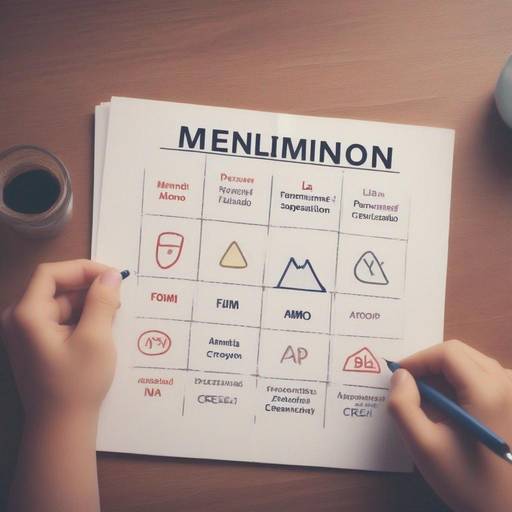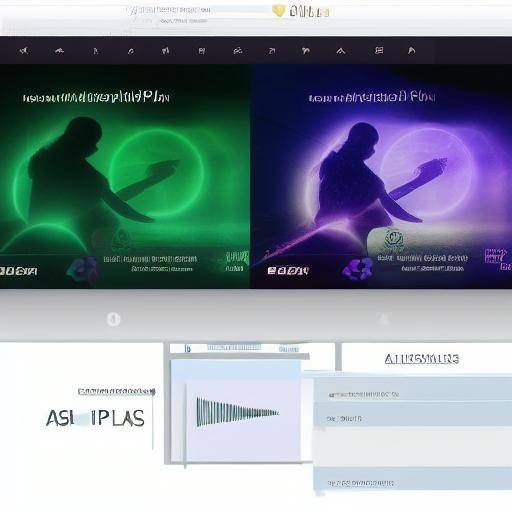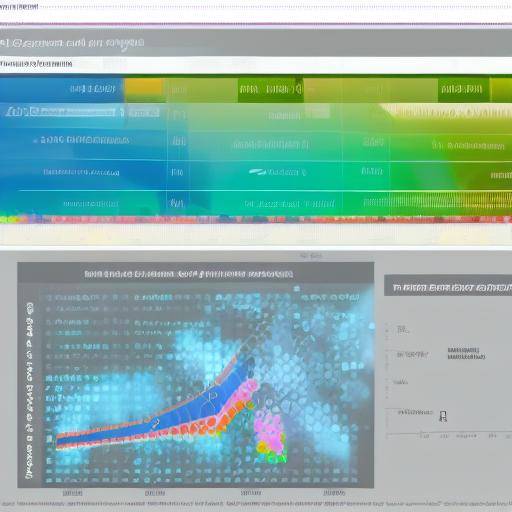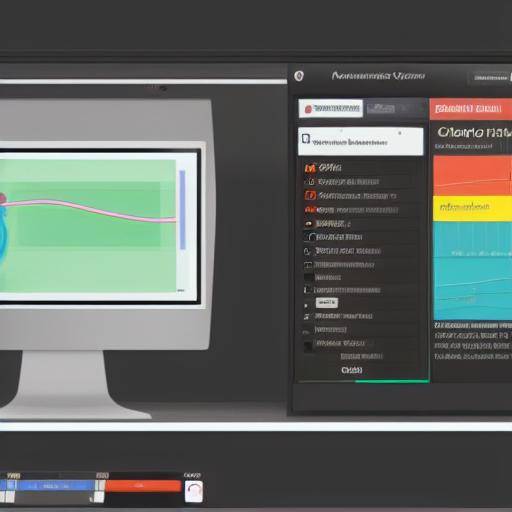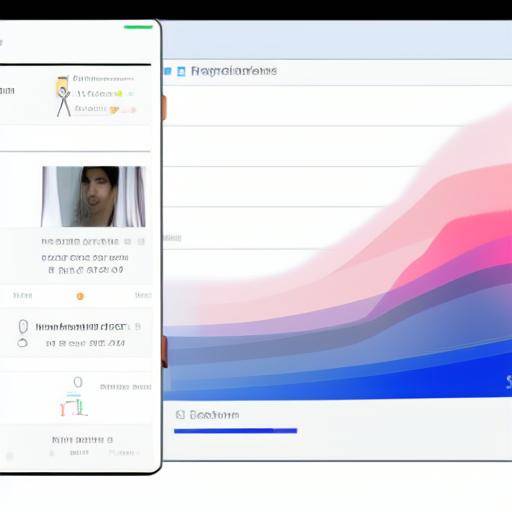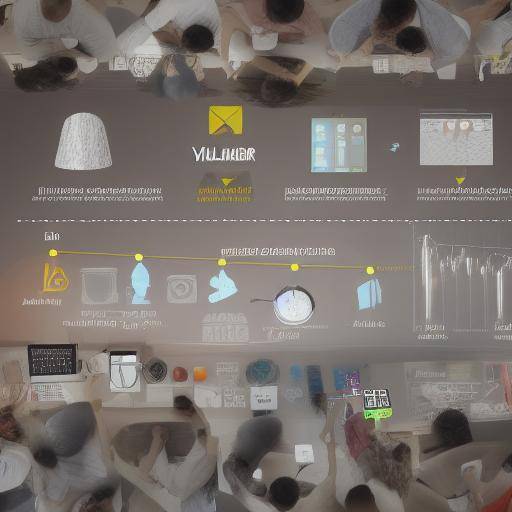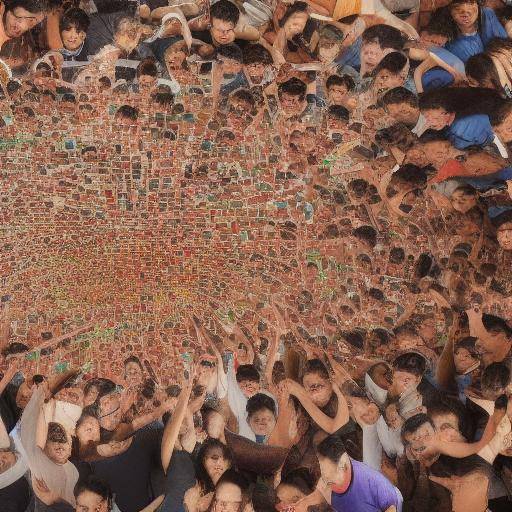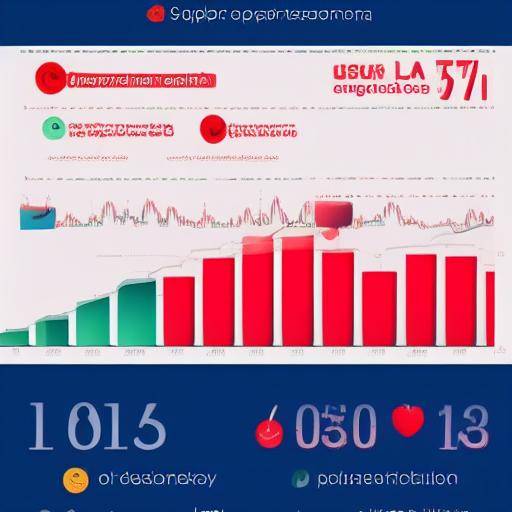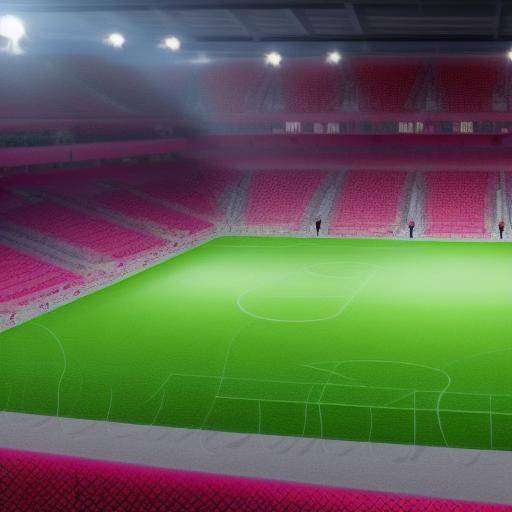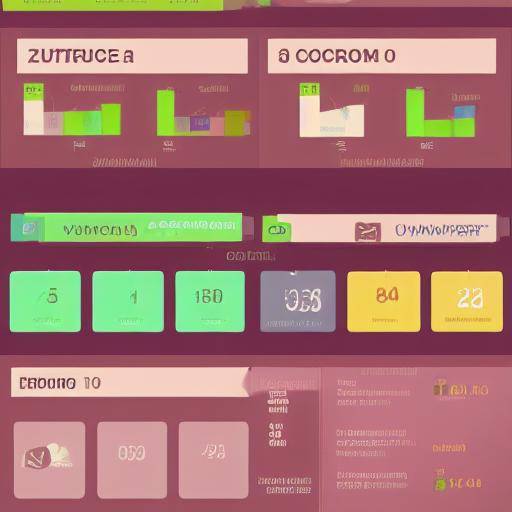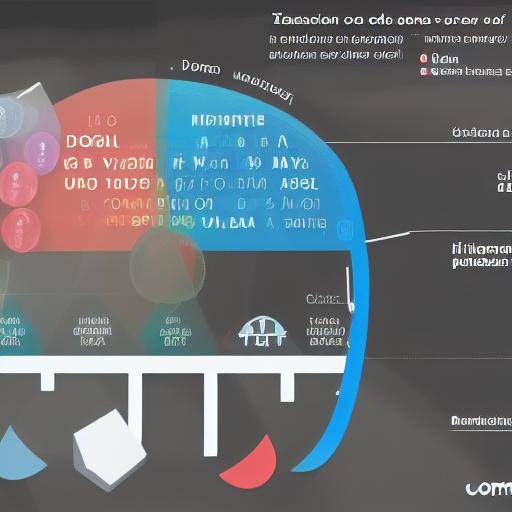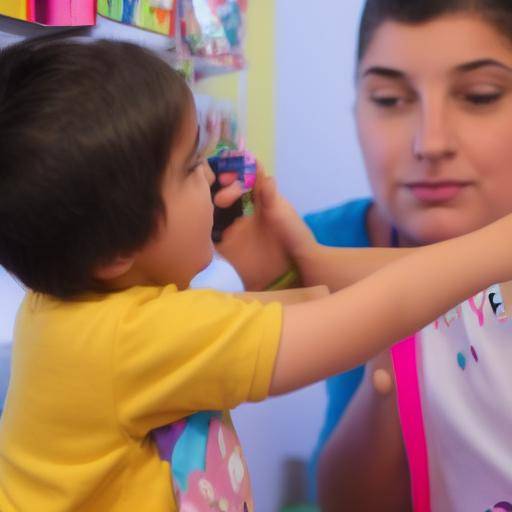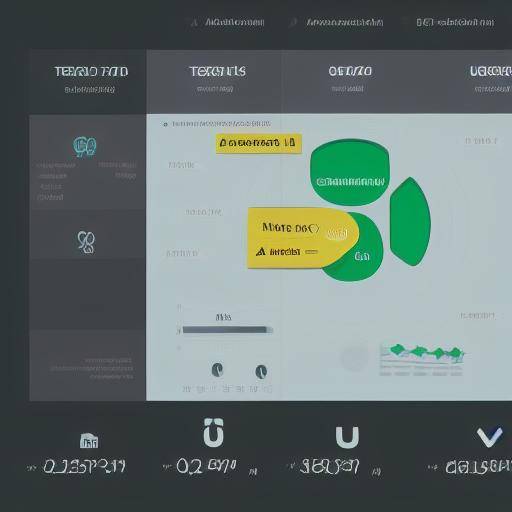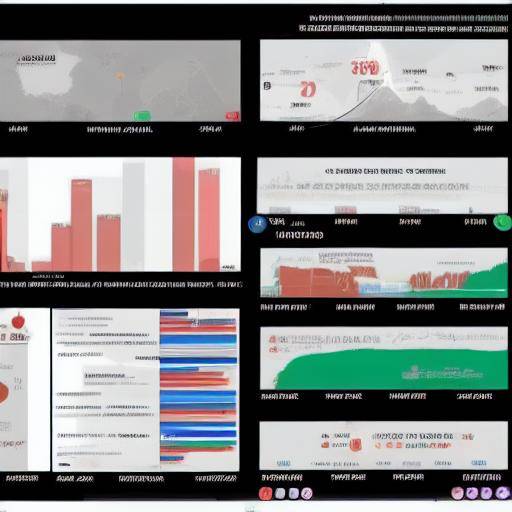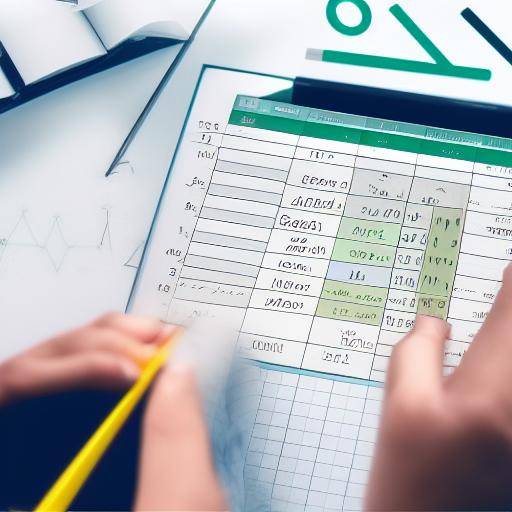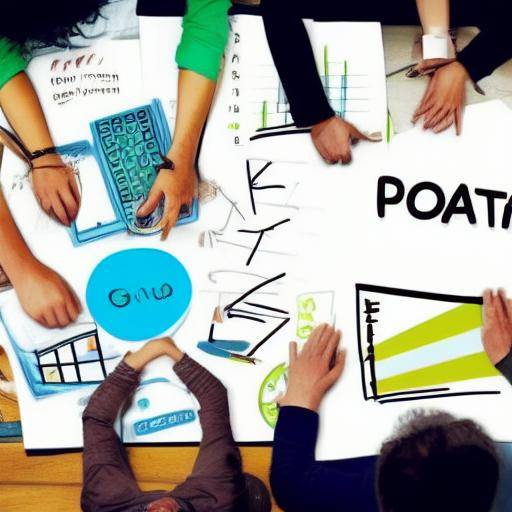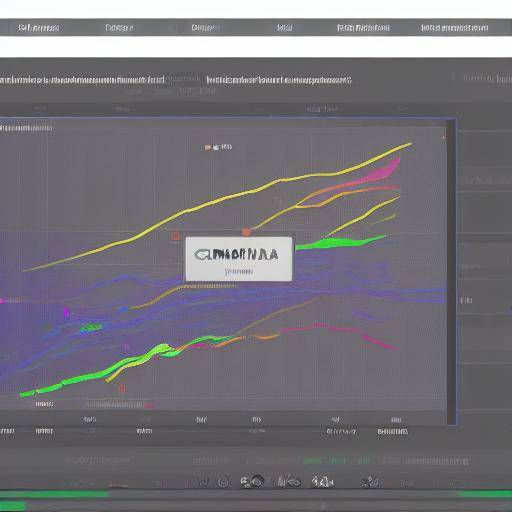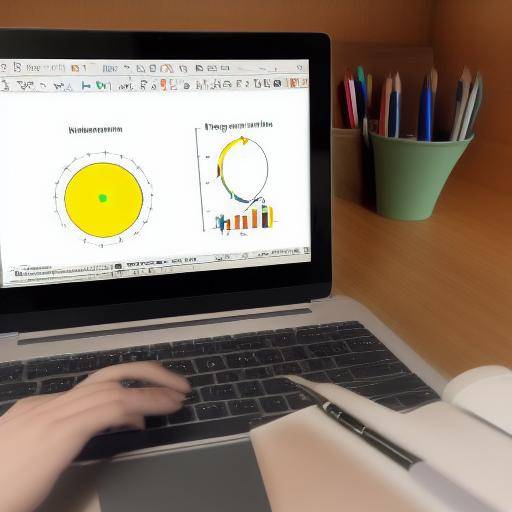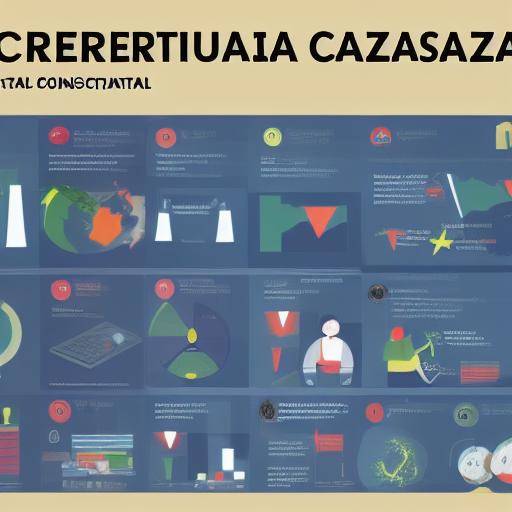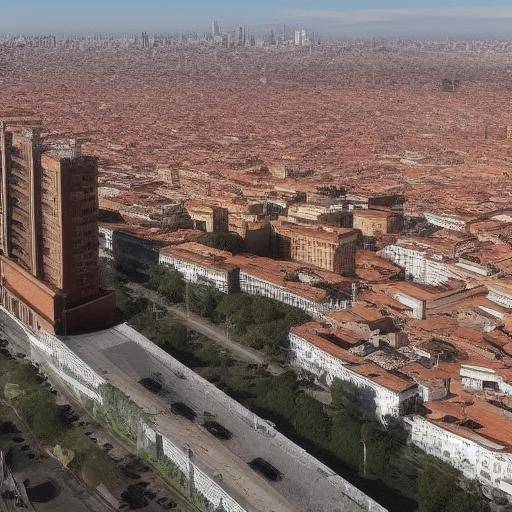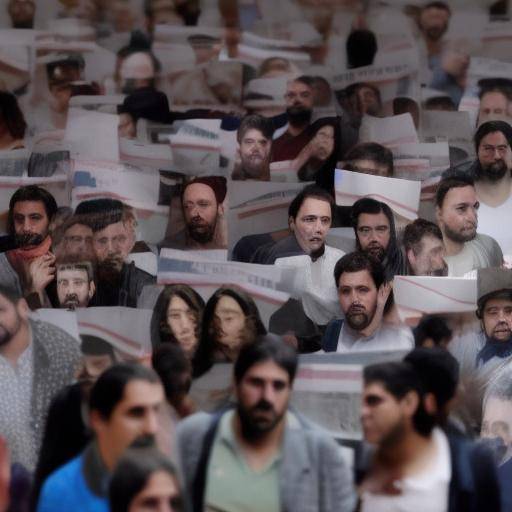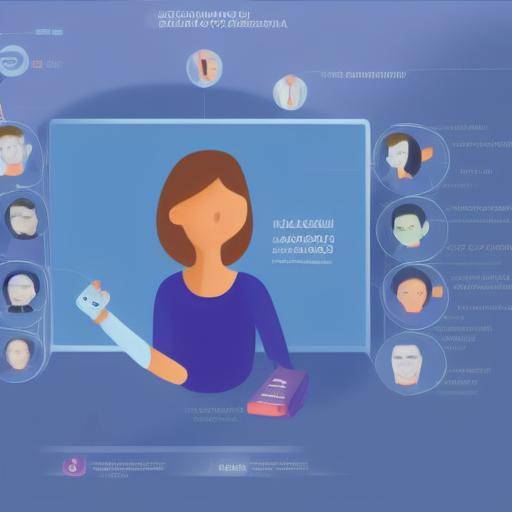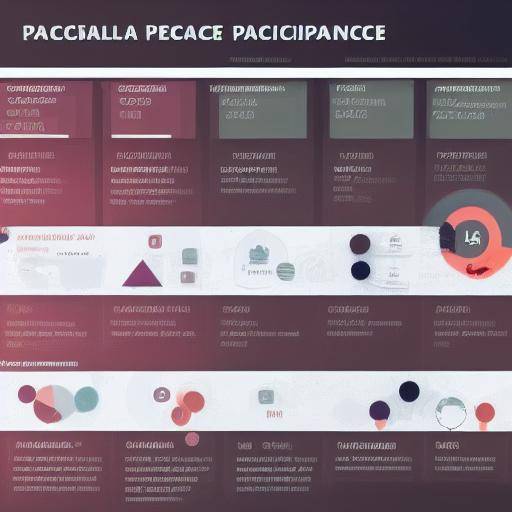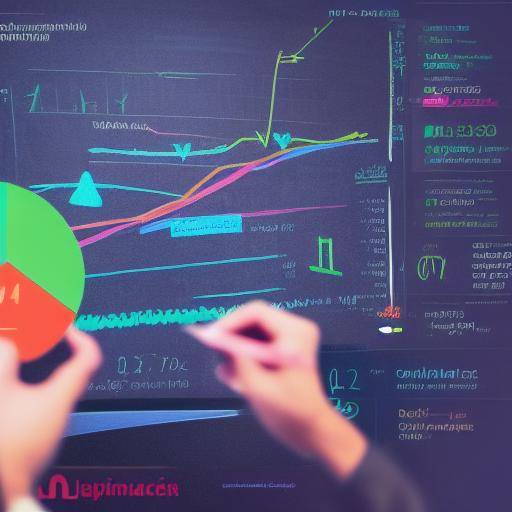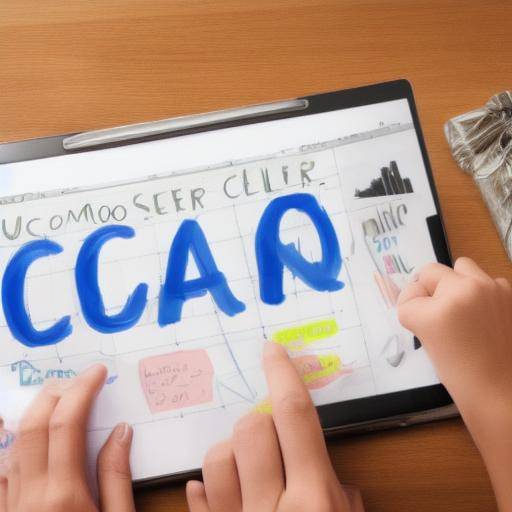
Personal motivation is a fundamental engine in people's lives, as it drives goals, personal growth and emotional well-being. Visualization, for its part, is a powerful tool that can enhance this motivation by helping us achieve our goals more effectively. In this article, we will explore in depth the impact of visualization on personal motivation, as well as its relation to achieving goals.
Introduction
Personal motivation is a complex phenomenon that drives people to pursue and achieve their goals. However, sometimes maintaining this motivation can be a challenge. It is at this point where visualization enters scene as a technique that can enhance our motivation and increase our chance of success in achieving our goals.
In this article, we will explore what visualization is, how it can impact personal motivation and how it can contribute to achieving goals. We will also analyze case studies, current trends, practical advice and future predictions related to this powerful tool.
History and background
The visualization technique has its roots in ancient oriental traditions, where meditation and visualization were common practices to achieve harmony and balance. Over time, visualization has been adopted by different disciplines, such as sport, psychology and personal development.
In the 1960s, the concept of creative visualization was popularized, driven by psychologist Shakti Gawain, who promoted the use of visualization as a tool to manifest personal desires and goals. Since then, visualization has been the subject of numerous studies and research that support its effectiveness in achieving objectives.
In-depth analysis
Visualization allows people to create vivid mental images of their goals, desires and aspirations. By regularly and in detail visualizing the achievement of these goals, the unconscious is activated, motivation is strengthened and behaviors are generated consistent with such images, which increases the chances of success.
Numerous studies have demonstrated the benefits of visualization in personal motivation. For example, in sports, elite athletes use visualization to improve their performance and overcome obstacles. Similarly, in business, leaders and entrepreneurs resort to visualization as a strategy to achieve success in their projects.
Despite its advantages, visualization also presents challenges, especially for those who have difficulty visualizing or experiencing mental blockages. However, techniques such as guided visualization or the use of external images can help overcome these barriers.
Comprehensive review
Visualization is a versatile tool and can be applied in various areas, such as health, well-being, personal overcoming, academic and labor performance, among others. A multidisciplinary approach has demonstrated the effectiveness of visualization in achieving goals in diverse contexts.
On the other hand, it is important to consider that visualization is not a unique solution for all, and its effectiveness can vary depending on the person and the situation. In addition, it is essential to combine visualization with concrete action and continuous effort to ensure long-term positive and sustainable results.
Comparative analysis
Visualization and personal motivation are closely related, as visualization can act as a motivator by providing a clear and concrete representation of the desired goals. Both feed back, as motivation drives visualization and the latter strengthens motivation, creating a virtuous cycle that drives the achievement of goals.
In terms of achieving goals, visualization can be a differentiating element in the process, as aligning the mind with the objectives facilitates clarity and persistence in its achievement. In addition, visualization can help overcome obstacles, increase self-confidence and maintain a consistent focus on objectives, which directly impacts the achievement of goals.
Practical advice and recommendations
If you are interested in using visualization to enhance your personal motivation and achieve your goals, here are some practical tips that can be helpful:
- Dedicating daily time to visualization: Establishing a daily routine to practice visualization can enhance its effectiveness.
- Detail vivid images: By visualizing, try to include concrete and real details that will bring you closer to your goals in a tangible way.
- Combining display with action: The display must be complemented by specific actions that bring you closer to your goals. Both are fundamental.
Ideas and expert opinions in the field
According to experts in personal development and psychology, visualization is a powerful tool that can positively influence personal motivation and achieving goals. Psychologists like Albert Bandura have highlighted the importance of vivid and real mental representations in the process of self-regulation and achievement of goals.
Case studies and practical applications
Case studies in various areas, such as high-performance sport, enterprise and health, have shown that visualization can have a significant impact on performance and achieving goals. Olympic athletes, successful entrepreneurs and patients in recovery processes have used visualization as a key tool in their achievements.
Future trends and predictions
As awareness of the power of mind and personal development continues to expand, the practice of visualization is expected to continue to gain relevance in different fields. The integration of visualization with technology, such as virtual reality, is also expected to generate new opportunities and innovative applications.
Conclusions
In short, visualization is a powerful technique that can positively influence personal motivation and achieving goals. By creating lived mental representations of our goals, we can strengthen our motivation, overcome obstacles and remain focused on achieving our goals.
Frequently asked questions
1. How can I start practicing visualization?
You can start by dedicating a few minutes a day to detailing your goals and objectives. Find a quiet place and focus on creating clear and realistic images in your mind.
2. Is visualization the same as dreaming up?
Although they share similarities, visualization focuses on creating concrete and detailed images that represent the realization of your goals, while awake dreaming can be more diffuse and less focused on specific goals.
3. Can visualization help me overcome the fear of failure?
Visualization can be an effective tool to strengthen self-confidence and reduce fear of failure by creating mental representations of success and overcoming.
4. Is visualization suitable for all people?
While visualization can be beneficial to most people, some people can find more challenges to clearly visualize. In these cases, looking for a professional's guide or using complementary techniques can be useful.
5. Can I combine visualization with other personal motivation techniques?
Yes, visualization can be complemented by techniques such as setting goals, creating positive habits and developing a concrete action plan to achieve the goals.
6. How long can it take to see results with visualization practice?
The results can vary according to the person and the situation, but being constant in the practice of visualization and combining it with concrete actions can lead to tangible results in achieving goals.
In conclusion, visualization is a valuable tool that can power personal motivation and contribute to achieving goals. By understanding their history, benefits, challenges, applications and future, we can fully leverage their potential to boost our personal and professional development. Being an accessible and adaptable technique, visualization is positioned as a powerful resource that, combined with conscious action, can be a significant engine in our journey towards personal achievement.


